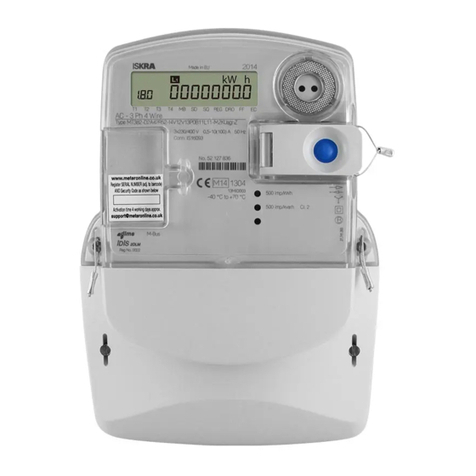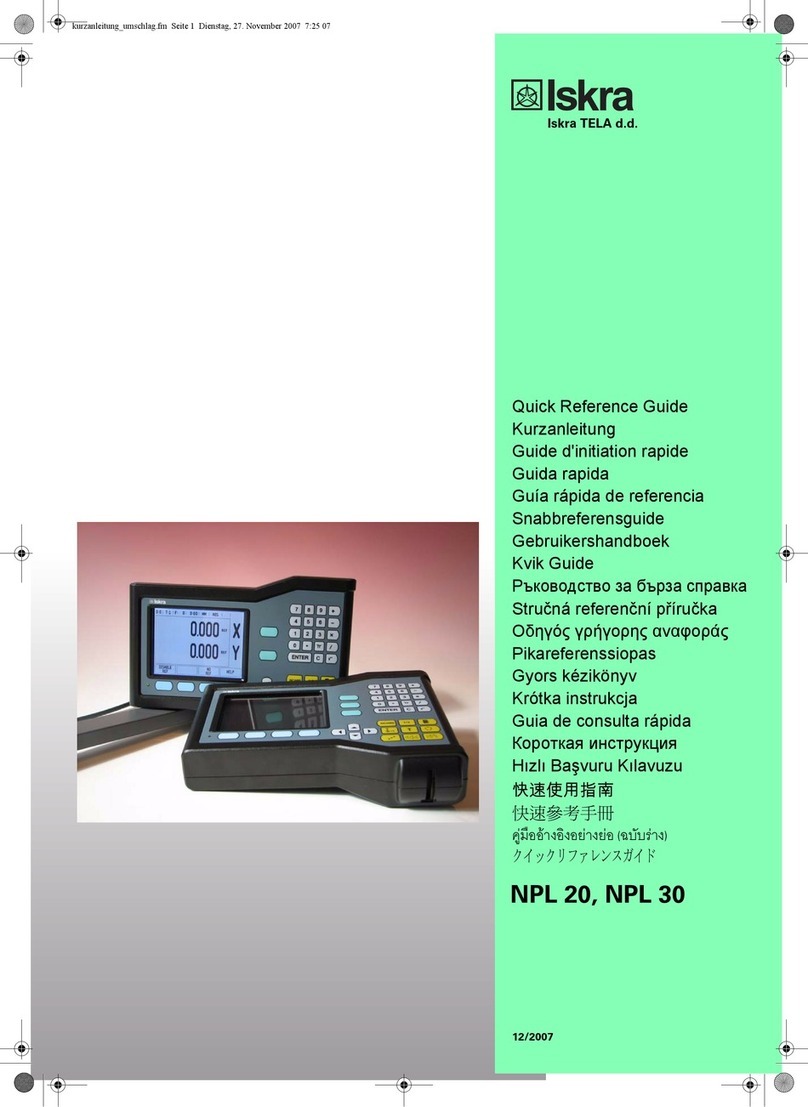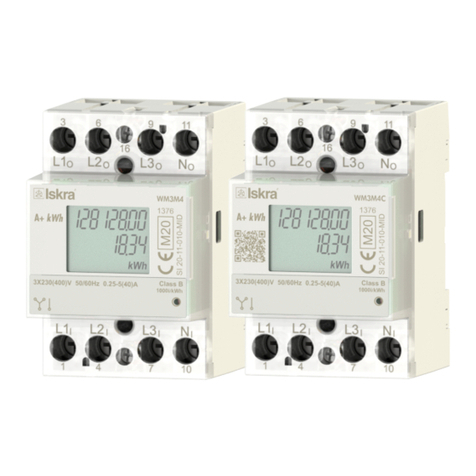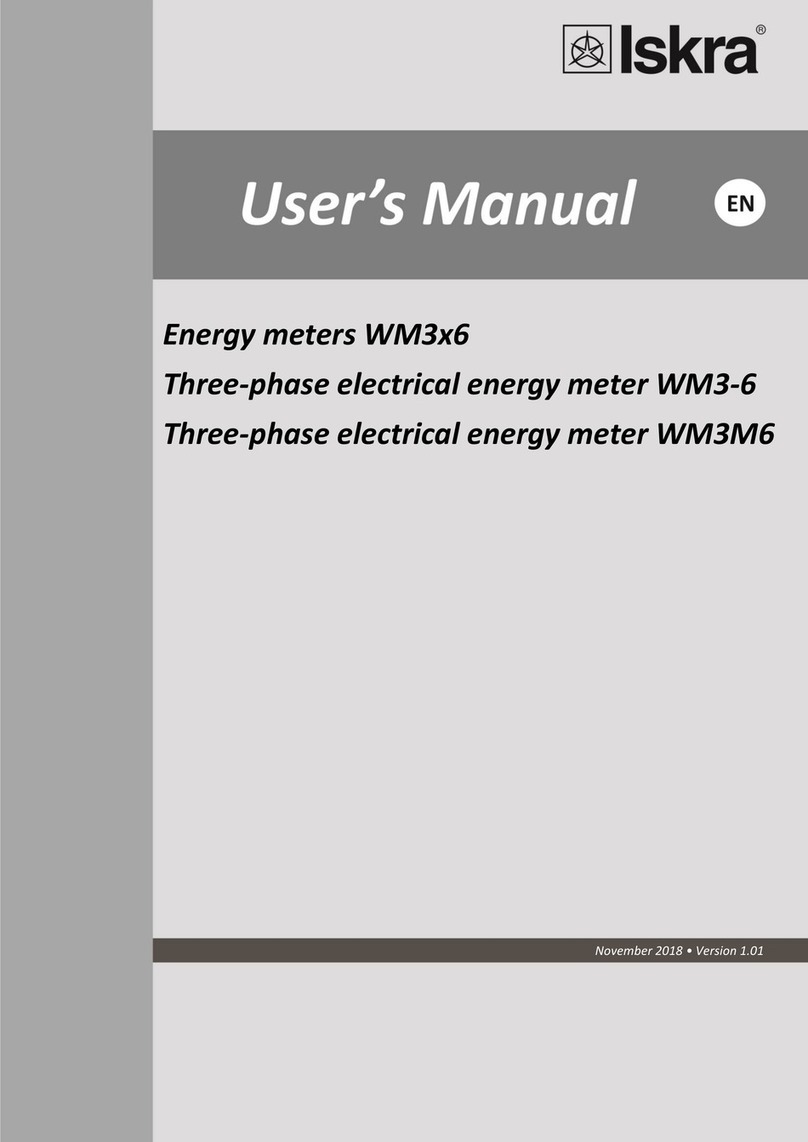20.02.2004 Page 3 of 8
1. SAFETY FEATURES AND PRECAUTIONS
You have selected an instrument which provides you with a high level of safety. The multime-
ter is manufactured and tested in accordance with safety regulations IEC 61010–1 / DIN EN
61010–1 / VDE 0411–1. When used for its intended purpose, safety of the operator, as well as
that of the instrument, is assured. Their safety is however not guaranteed, if the instrument is
used improperly or handled carelessly. In order to maintain flawless technical safety condi-
tions, and to assure safe use, it is imperative that you read the operating instructions thor-
oughly and carefully before placing your instrument into service, and that you follow all instruc-
tions contained therein. The instrument is equipped with a circuit breaker for your safety and to
protect the multimeter. It interrupts the current circuit if overload occurs during measurement.
Observe the following safety precautions:
•The instrument may only be operated by persons who are capable of recognizing contact
hazards and taking the appropriate safety precautions. Contact hazards exist anywhere,
where voltages of greater than 30 V RMS may occur.
•Avoid working alone when taking measurements which involve contact hazards. Be certain
that a second person is present.
•The maximum allowable voltage between the voltage terminals and ground is 600 V~ cate-
gory II, or 300 V~ category III.
•Nominal voltage at the electrical system may not exceed the following values:
Between phase and neutral conductor 600 V
In 4-wire 3-phase systems 400 V between phase conductors
In 3-wire 3-phase systems 400 V between phase conductors
•The current measuring ranges are equipped with automatic switches. The maximum al-
lowable voltage for the current measuring circuit (= rated voltage of the fuse) is 240 V~ /
50V=in the “mA” and “A” ranges. Make sure that heavy current measuring circuits are pre-
fused with a 20 A fuse.
•Be prepared for the occurrence of unexpected voltages at devices under test (e.g. defective
devices). For example, capacitors can be dangerously charged.
•Make certain that the measurement cables are in flawless condition, e.g. no damage to in-
sulation, no interruptions in cables or plugs etc.
•No measurements may be made with this instrument in electrical circuits with corona dis-
charge (high-voltage).
•Special care is required when measurements are made in HF electrical circuits. Dangerous
pulsating voltages may be present.
•Measurements under moist ambient conditions are not permitted.
•Be absolutely certain that the measuring ranges are not overloaded beyond their allowable
capacities. Limit values can be found in the Measuring Ranges table in chapter 24, “Charac-
teristic Values”.
Meanings of symbols on the instrument
Warning concerning a point of danger (Attention: observe documentation!)
Ground
Continuous, doubled or reinforced insulation
Overvoltage category II or III device
Indicates EC conformity
CAT II / III
CC



































